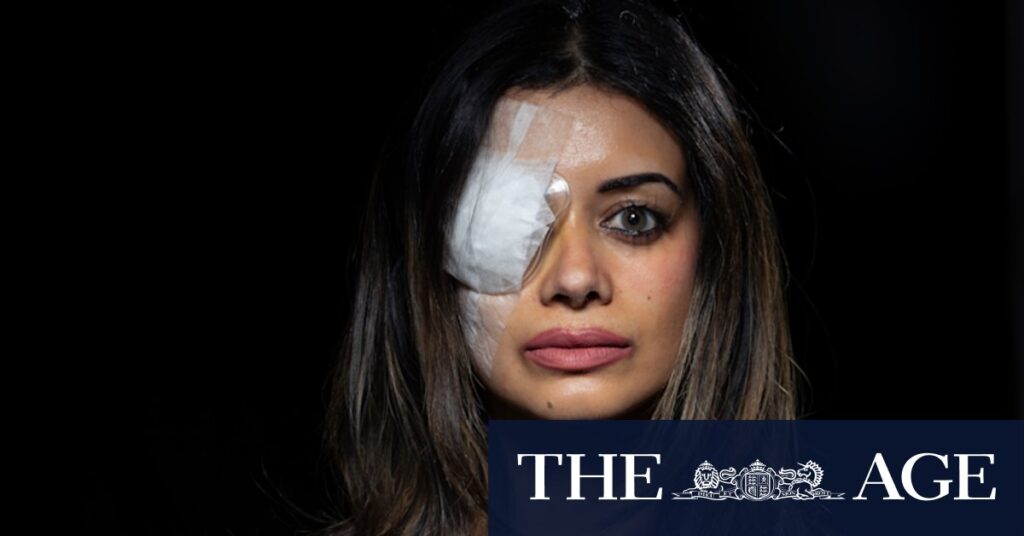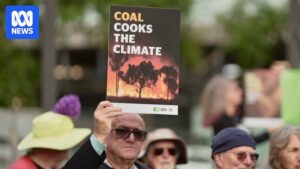
A former Greens candidate, Hannah Thomas, has been advised to “prepare for the worst” after sustaining a severe eye injury during a police intervention at an anti-Israel protest in Sydney last month. The incident, which occurred on June 27, has left Thomas facing the grim possibility of never regaining vision in her right eye as she prepares for a second round of surgery.
Thomas, who contested against Prime Minister Anthony Albanese in the Grayndler electorate during the May elections, was among those arrested during the protest. The demonstration took place outside SEC Plating, a Belmore-based business accused by protesters of supplying services for F-35 jets used by the Israeli Defence Forces. Alongside Thomas, four other demonstrators were detained.
The arrests have sparked significant concern among legal experts, particularly after video footage from the scene appeared to contradict police accounts of the events. The footage allegedly shows officers failing to clarify the legal grounds for dispersing the protest, which has raised questions about the use of an emergency power known as part 6a.
Legal and Public Reactions
The incident has drawn attention from both legal professionals and the public, with many questioning the police’s handling of the protest. Legal experts argue that the use of part 6a, an emergency power, in this context may have been inappropriate and potentially unlawful.
In her first interview since the arrest, Thomas expressed her dismay over the incident and the subsequent injury. “I have been warned that I will probably never regain full vision,” she stated, underscoring the personal impact of the event.
“The footage raises serious questions about the police’s actions and the justification for using such force,” said Dr. Emma Clarke, a legal analyst specializing in civil rights.
Historical Context and Comparisons
This incident is not isolated in Australia’s history of protests and police responses. Historically, clashes between demonstrators and law enforcement have often led to debates over civil liberties and the appropriate use of police powers. The 1978 Sydney Mardi Gras protest, for instance, is a notable example where police actions were heavily scrutinized, leading to significant changes in public policy and police procedures.
Comparisons have been drawn between the current situation and past events, highlighting ongoing tensions between protest rights and law enforcement measures. The use of emergency powers, in particular, remains a contentious issue, with critics arguing that such measures should be reserved for genuine emergencies rather than peaceful protests.
Implications and Future Developments
The fallout from this incident could have far-reaching implications for both the individuals involved and broader protest rights in Australia. Legal proceedings are likely to follow, potentially setting precedents for how similar cases are handled in the future.
Meanwhile, Thomas’s personal ordeal continues as she awaits further medical treatment. Her case has become a rallying point for activists advocating for greater transparency and accountability in police operations.
“This is a critical moment for civil liberties in Australia,” remarked Sarah Nguyen, a spokesperson for the Civil Liberties Council. “We must ensure that the rights to protest and free expression are protected.”
As the situation develops, all eyes will be on the legal outcomes and any policy changes that may arise. The incident underscores the delicate balance between maintaining public order and upholding individual rights, a debate that is likely to persist in the public discourse.







